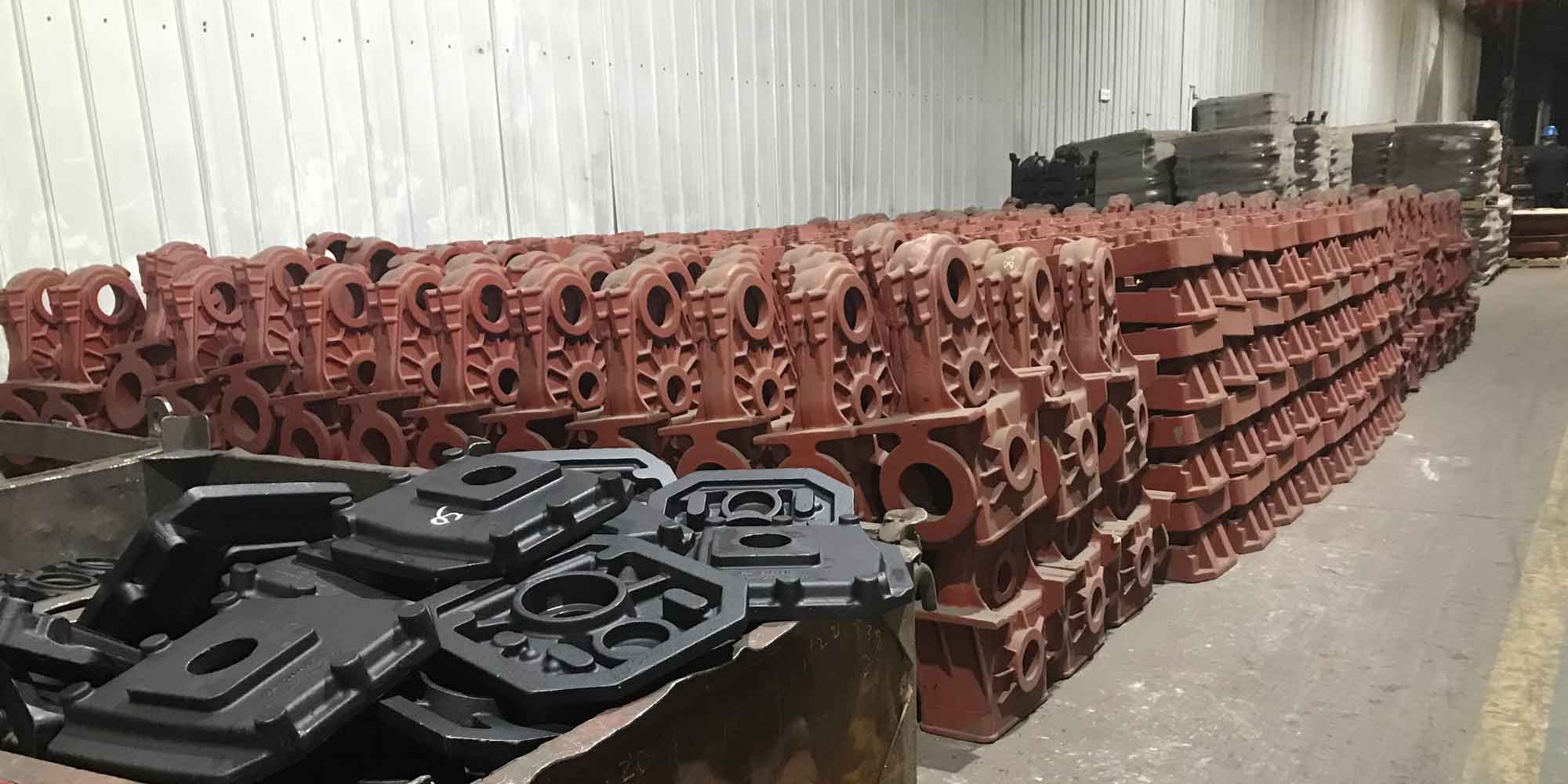The design of riser systems in steel casting processes requires precise calculation and efficient modeling to ensure optimal feeding and minimal defects. This study presents a parameterized approach using Open Cascade for rapid 3D riser design, integrating modulus methods and geometric algorithms.

Modulus Calculation for Steel Castings
The modulus method forms the foundation of riser design. For steel castings, the modulus \( M \) is defined as:
$$ M = \frac{V}{S_W – S_P} $$
where \( V \) is the casting volume, \( S_W \) is the total surface area, and \( S_P \) represents non-cooling surfaces. The global modulus determines riser dimensions, while local moduli guide placement.
Interceptor Tools for Local Modulus
Interceptor tools (cubic, cylindrical, or custom) isolate critical sections to compute localized moduli. Table 1 compares cubic and cylindrical interceptors for a steel casting example.
| Interceptor | Dimensions (mm) | Volume (mm³) | Non-cooling Area (mm²) | Local Modulus (mm) |
|---|---|---|---|---|
| Cubic | 40×20×30 | 117,628 | 333.84 | 44.64 |
| Cylindrical | Ø35×25 | 117,681 | 348.32 | 49.66 |
Riser Sizing and Positioning
Riser modulus \( M_r \) relates to casting modulus \( M_c \) through:
$$ M_r = f_r \cdot M_c $$
where \( f_r = 1.1 \sim 1.3 \). The system queries a parametric database (Table 2) to select optimal riser dimensions.
| Type | Height (mm) | Diameter (mm) | Modulus (mm) |
|---|---|---|---|
| Open Cylindrical | 100 | 60 | 55.2 |
| Blind Rectangular | 80 | 50×70 | 48.9 |
Case Study: Railway Bracket Casting
A ZG230-450 steel bracket (2kg) was designed with cylindrical risers using:
- Global modulus calculation: \( M_{\text{global}} = 12.8 \, \text{mm} \)
- Cylindrical interceptor (Ø35×25mm) giving \( M_{\text{local}} = 49.66 \, \text{mm} \)
- Riser selection: Open cylindrical type with \( M_r = 1.2 \times M_{\text{local}} = 59.6 \, \text{mm} \)
Implementation Workflow
The Open Cascade-based system follows:
$$ \text{Model Import} \rightarrow \text{Global Modulus} \rightarrow \text{Interceptor Setup} \rightarrow \text{Local Modulus} \rightarrow \text{Riser Generation} $$
Key operations include:
- Topological analysis for volume/surface extraction
- Boolean operations for interceptor creation
- Parametric modeling of riser geometries
Performance Metrics
Comparative analysis shows 68% reduction in design time versus manual CAD methods for steel castings. Typical results:
| Method | Riser Design Time (min) | Modulus Accuracy (%) |
|---|---|---|
| Traditional CAD | 120 | ±15 |
| Open Cascade System | 38 | ±5 |
Conclusion
This Open Cascade implementation enables rapid, accurate riser design for steel castings through automated modulus calculations and parametric modeling. The system reduces design iterations while maintaining compatibility with casting simulation software, demonstrating significant potential for industrial adoption.
